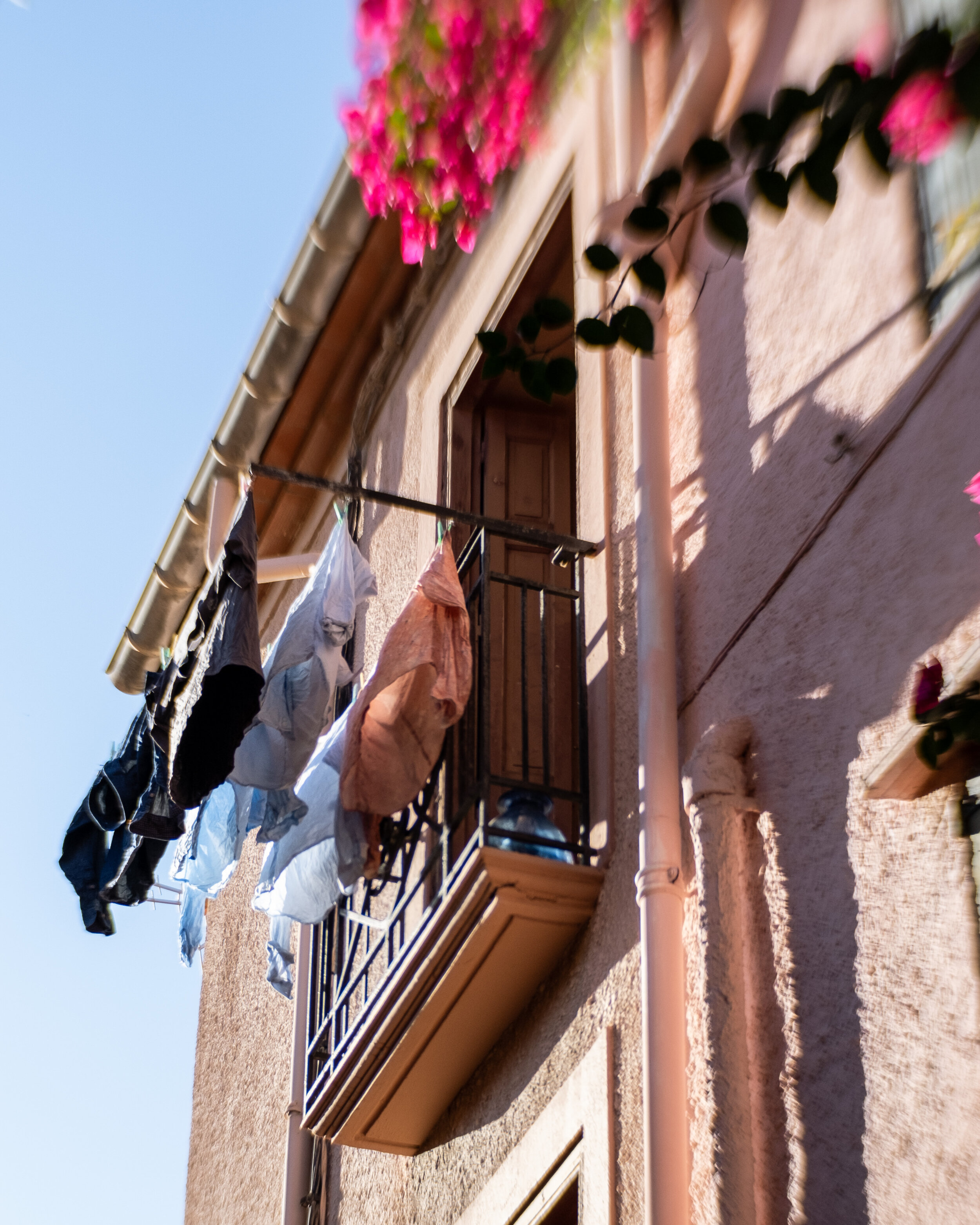Embracing photography, pushing ourselves to learn more whilst exploring the world and it’s people, with an artistic vision, can be such an extraordinary journey - the cold dark winter evenings in Europe offer the perfect moment to be father inspired and educated on YouTube - the channel where my quest for knowledge and inspiration is always satisfied!
To give you a head start, here are my 5 favourite photography YouTube channels:
https://www.youtube.com/@ComplicatedThings
Mark Mann’s channel, Complicated Things, offers the viewer straight talking, interesting stories which cover a myriad of experiences. Mark, a celebrity photographer (we’re talking the likes of Bradley Cooper, Rihanna, Steve Wonder and Sean Connery) remains very grounded, despite his extraordinary portfolio, and in his videos he demonstrates his ability to create true magic from behind is camera. The channel’s aim is to offer an insight into the inner workings of the photo industry, and Mark certainly delivers, all the while offering very engaging content.
https://www.youtube.com/@pal2tech
I’m a Fujifilm girl and thus Pal2tech keeps me updated with current Fuji info - but it isn’t all Fuji here. Chris Lee, as his YouTube tag suggests, loves his tech and, through his channel, I have discovered some interesting and useful gear. Chris addresses a plethora of subjects: camera education videos, tech reviews, and there’s help too for beginners. He covers camera settings, tips/tricks, photography techniques, lens reviews, photo editing, and business strategies. So absolutely don’t be put off if you’re not a Fuji user. Chris has a good sense of humour, his videos are never dull and if proof was needed, he has amassed 183k followers.
https://www.youtube.com/@seantuck
Sean Tucker is an extraordinary visual story teller. Through his YouTube channel his, often philosophical, videos aim to inspire other creatives: all 583,000 of them! He subscribes to the idea that the best photography comes from who we are, not the gear that we own. And so his quest is to help us to develop an eye for good images, to ‘see’. He himself explains that he’s not out to cover technical info; he’s interested in the why of photography not the how.
Sean’s videos leave me reflecting on both my work and my photography and that often converts to me finding inspiration.
One of Sean’s viewers left this comment: “if Sean decided to put his camera down tomorrow and never pick it up again, he could certainly make a living as a gifted photographer teacher or a very busy therapist. It's such a powerful trifecta to be able to pass on your knowledge as a teacher, your creativity as an artist, but your understanding of the human condition in all of us and smooth out those rough edges. That's a gift in itself.” The comment indeed encapsulates Sean’s content which I hope will likewise inspire you and encourage self reflection.
https://www.youtube.com/@kevin_mullins
I am always eager to view Kevin’s recent work on his website https://www.kevinmullinsphotography.co.uk. His beautiful, candid approach to wedding photography more than inspires me. Based in SW England, his experience spans16 years, and 800+ nuptials. It was supremely brave of Kevin to break away from the traditional brief for wedding images, but oh, how he ‘sees’ and captures the genuine moments, offering the day’s real stories. He has earned himself a much merited reputation for creating unique and outstanding memories. Not only does his channel cover the artistic side of his work but Kevin also touches on technical settings, equipment, as well as pricing the work correctly, for both the client and the creator.
As someone who has been fretting the past few months if my website SEO’s are adequately effective for attracting an audience, Kevin’s recent video “The truth about Wedding Photographers’ gave me a wake-up call. He encourages us to be active by diffusing our real stories through blogs and by sharing our images on social media. He quite rightly explains that this approach will attract genuine clients way more than having appropriate Search Engine Options in place - an activity which he says “is suited more to a geek with thick rimmed glasses - not an artist”. He’s right, but I was so lost behind my glasses that well, I was lost!!
https://www.youtube.com/@ThePhotographicEye
Alex Kilbee dedicates himself to empowering photographers in order for them to elevate their skills. His own journey, he explains, has been about mastering the craft and now his aim is to impart the knowledge he has acquired. His videos are a great watch, he does indeed have much knowledge to impart and he delivers with a great energy - not only discussing the technical stuff but also he discusses his appreciation for the great photographers of past and present. In a recent video he talks about a ‘gym for photography’!! Intrigued? Take a look ….

















































































